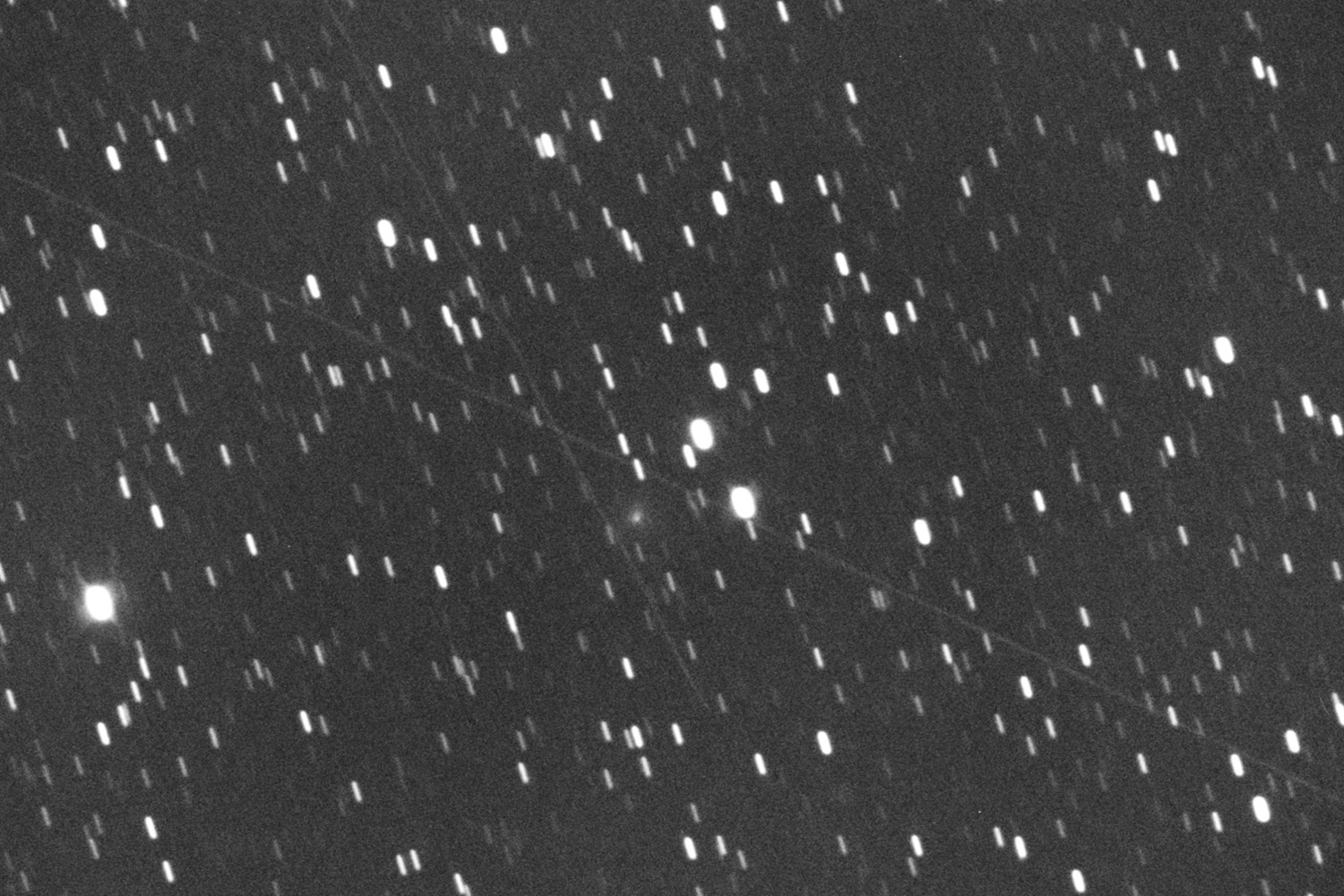It may be a terrestrial planet, but the changing atmospheric conditions on the so-called “Diamond Planet” are absolutely nothing like what we experience here on Earth.
55 Cancri e is a super-Earth located about 40 light-years away. It has a radius about twice the size of Earth and a mass that’s nearly eight times larger. The super-Earth — the first ever discovered around a main sequence star like our own — has an exceptionally tight orbital period, requiring less than 18 hours to complete one revolution. So needless to say, it’s transiting rapidly and at a close proximity to its host star, 55 Cancri A.
As a team of European astronomers has recently learned, 55 Cancri e’s atmosphere is subject to some fairly dramatic changes: this tidally locked super-Earth’s “hot” dayside fluctuates between 1,000 and 2,700 degrees Celsius. That’s quite an atmospheric mood swing.
“We saw a 300 percent change in the signal coming from this planet, which is the first time we’ve seen such a huge level of variability in an exoplanet,” noted study lead author Brice-Olivier Demory of the University of Cambridge in a statement. “While we can’t be entirely sure, we think a likely explanation for this variability is large-scale surface activity, possibly volcanism, on the surface is spewing out massive volumes of gas and dust, which sometimes blanket the thermal emission from the planet so it is not seen from Earth.”
By using NASA’s Spitzer Space Telescope, the astronomers were able to measure this threefold temperature increase over a two-year period.
Prior to this study, efforts to observe atmospheric variability in super-Earths — exoplanets with masses of 1 to 10 Earth masses — yielded nothing. This new study provides the first direct evidence of changing conditions on a terrestrial exoplanet, the results of which can now be found on arXiv.
As for it being called the “Diamond Planet,” the astronomers aren’t so sure this nickname fits anymore. Earlier measurements suggested the planet was carbon-rich, and thus composed of diamond. But as noted by team member Nikku Madhusudhan of the Cambridge Exoplanet Research Centre:
When we first identified this planet, the measurements supported a carbon-rich model. But now we’re finding that those measurements are changing in time. The planet could still be carbon rich, but now we’re not so sure — earlier studies of this planet have even suggested that it could be a water world. The present variability is something we’ve never seen anywhere else, so there’s no robust conventional explanation. But that’s the fun in science — clues can come from unexpected quarters.
Read the entire scientific study: “Variability in the super-Earth 55 Cnc e”
Image credit: NASA/JPL-Caltech/R. Hurt.













